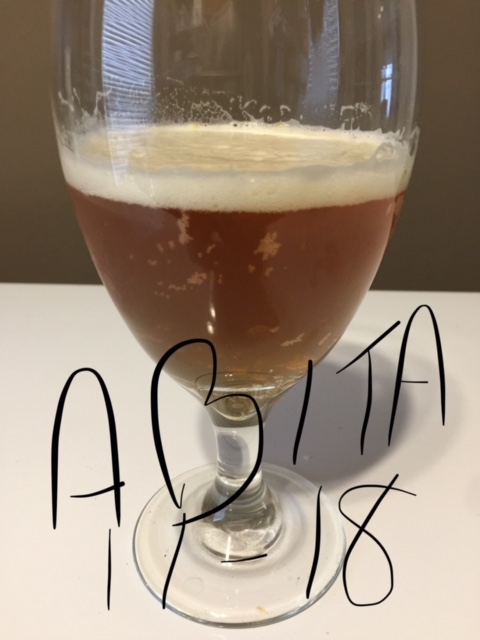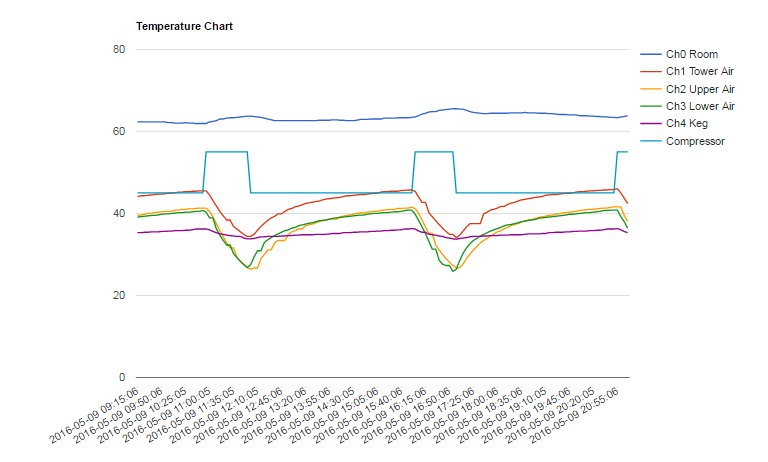brew703
Well-Known Member
I transferred my last batch to my keg this past Friday- it was just 3 gallons. I had it sitting in my ferm chamber since then at 38 degrees. Didn't have time to get the co2 hooked up.
My keezer will be operational towards the end of the week and would like to have this beer fully carbed.
Would it be best to force carb or set at a certain PSI and let it ride until the weekend?
If time is an issue (say 2-3 days), what is the best way to carb? What if you have time (4-7 days or longer) which is the best method to carb?
In the future, I would like to have all my beers carbed in under 7 days. What's the best way to do this?
My keezer will be operational towards the end of the week and would like to have this beer fully carbed.
Would it be best to force carb or set at a certain PSI and let it ride until the weekend?
If time is an issue (say 2-3 days), what is the best way to carb? What if you have time (4-7 days or longer) which is the best method to carb?
In the future, I would like to have all my beers carbed in under 7 days. What's the best way to do this?























































![Craft A Brew - Safale S-04 Dry Yeast - Fermentis - English Ale Dry Yeast - For English and American Ales and Hard Apple Ciders - Ingredients for Home Brewing - Beer Making Supplies - [1 Pack]](https://m.media-amazon.com/images/I/41fVGNh6JfL._SL500_.jpg)






